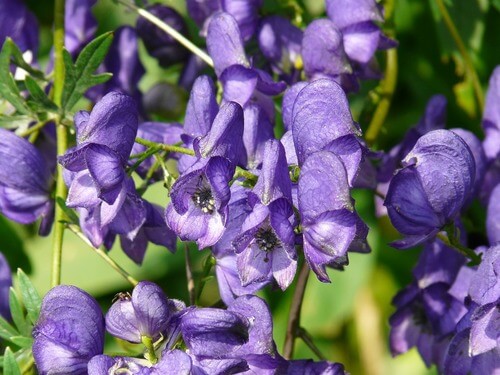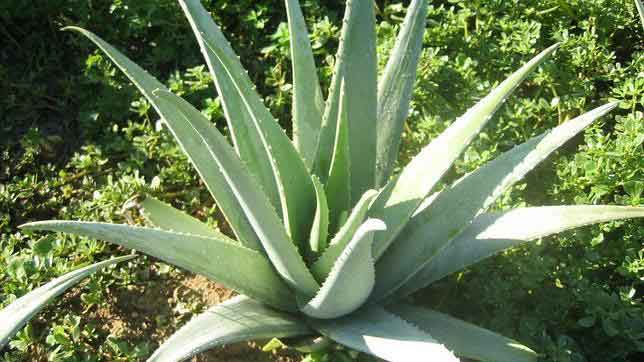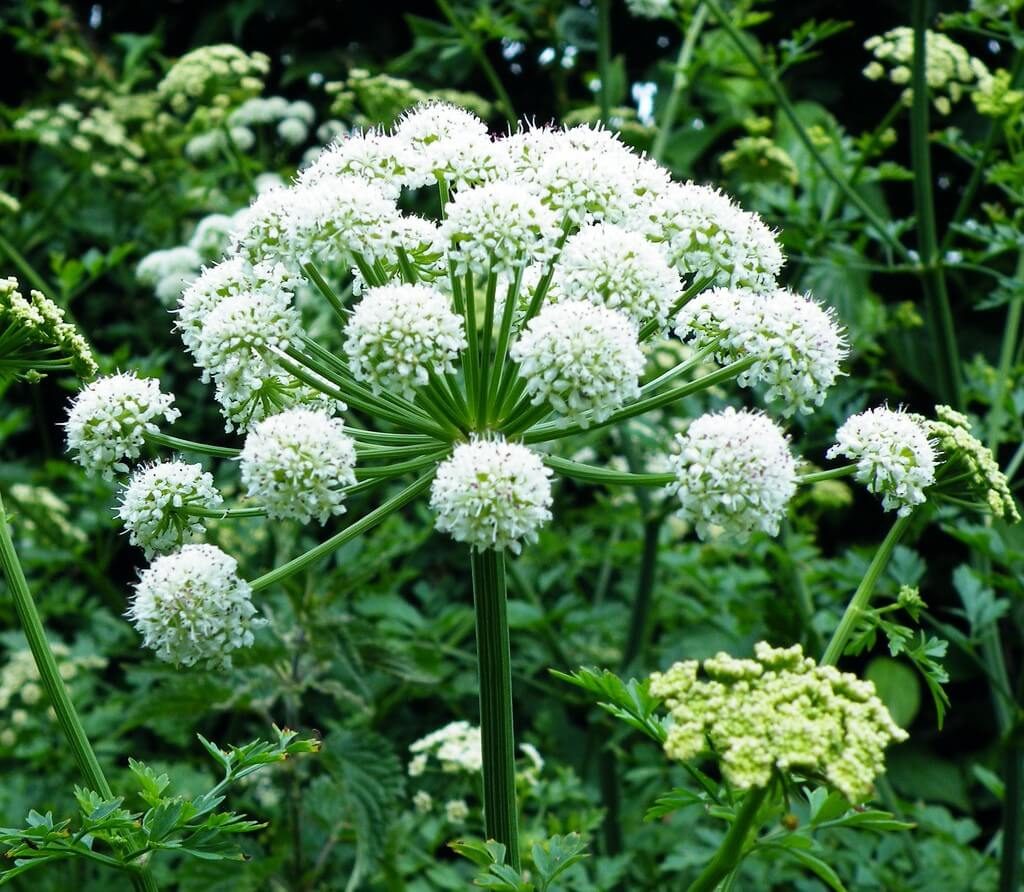Hundreds of varieties of herbs are grown in people’s gardens. They serve multiple uses both in the kitchen and the medicine cabinet. Even though most of these herbs are useful, there are those that are toxic and pose great harm to the body. So, which dangerous herbs are found in gardens?
1. Aconite

Aconite is a perennial herb that is considered very toxic. The herb is quite good in adding blue coloring to gardens. However, care should be taken to ensure that it is grown where it will not be disturbed by children and animals. Also, it should not be ingested without medical guidance.
2. Aloe Vera

Aloe is quite popular with many herbalists for its exceptional skin smoothing abilities. Also, when it comes to minor burns, aloe ranks as the best remedy. However, aloe should never be used internally. When ingested, the herb causes violent stomach upset and diarrhea. Before ingesting, seek medical guidance. Aloe juice sold in stores is, however, safe for consumption.
3. Arnica

Arnica, when in homeopathic form, works great in healing pains, aches, and bruises. However, when used in any other form, the herb contains substances that affect the user’s heart, cause gastrointestinal reactions and could even cause death. Only use arnica in the homeopathic form as only minuscule amounts of the actual herb are present. To ensure safety, only use purchased products as opposed to creating home herbal remedies.
4. Angelica

Over the years, Angelica has been used a sweet treat as well as liqueurs. In Europe, the leaves are consumed as a vegetable. In Asia, it is considered a powerful herb. However, despite all its benefits, studies have shown that this herb contains carcinogens. Also, the herb can cause skin rashes and bring about complications for pregnant women and diabetes patients.
5. Autumn Crocus

This is a beloved flower present in many garden landscapes. Saffron, a spice, is a part of the Saffron Crocus. People make the mistake of assuming that other crocus, like the Saffron Crocus, are edible as well. When the Autumn crocus, another purple crocus variety, is eaten, it causes vomiting, diarrhea and in some cases, death.




